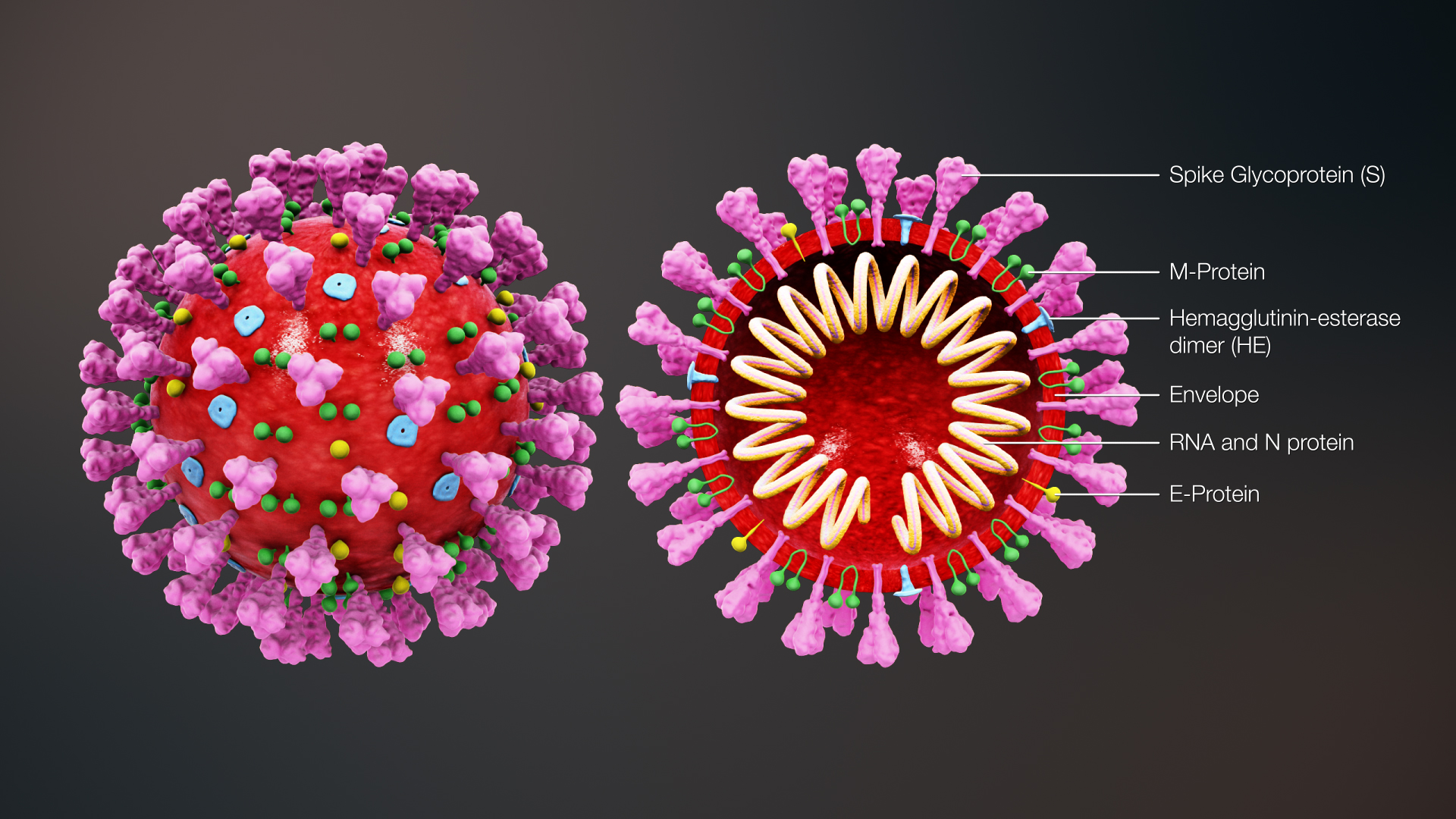When you started your medical weight loss program you probably had a particular goal weight in mind. However, the goal weight you wish to achieve may not always be the healthiest weight for you. Despite your ambitions to look how you did in your late teens, that weight may not be the best for optimal health and wellness.
Before starting medical weight loss, it helps to have an understanding of what it means to be a healthy weight.
There are several ways of determining a healthy weight. Determining your healthy weight is difficult to do on your own, which is why Dr. Waller and her medical weight loss team are available to help you during this process.
Once you know what your ideal weight is you can set weight loss goals that are appropriate and realistic according to your needs. Use the following guidelines to make healthy and realistic weight loss goals.
Refer to your Body Mass Index (BMI). This is a calculation based on your height and weight that many medical weight loss doctors use (among other tools) to determine healthy weight. A healthy weight should land in the “normal” BMI range of 18.5 to 24.9. A BMI between 25 and 29.9 is considered overweight and anything over 30 is obese. To calculate your BMI, do the following:
- Divide your weight in pounds by your height in inches
- Divide your answer by your height inches
- Multiply your answer by 703
The National Heart, Lung and Blood Institute has an online BMI calculator that you can use to determine your score.
Refer to your waist size. Measuring your waist circumference helps determine how much fat is stored around your stomach. To measure your waist, wrap a cloth tape measurer around your abdomen towards the top of your hip bone. The tape measurer should be at the level of your navel and not press into the skin, but sit firmly on top. National Institute of Health determined that women with waist sizes less than 35 inches and men with a waist less than 40 inches have diminished risk for cancer, heart disease, and other chronic illnesses. While relevant for many, it may be possible to meet these criteria yet have a high BMI index, so it is important to consider both in determining an optimal weight.
Refer to your lowest adult weight. As we age, it becomes harder to lose weight and maintain a healthy weight. If your ideal goal weight is lower than your lowest adult weight (since you were 21 years old), you goal weight may not be realistic or healthy. A medical weight loss doctor can help you determine if your lowest adult weight is an appropriate healthy weight for you individual needs.
Lose weight safely and gradually. With your healthy weight in mind, it’s safest to lose an average of one or two pounds per week, though you might lose weight at a faster pace during a medically-supervised weight loss program.
When working towards your weight loss goals, make sure your goal weight is also your healthy weight. If you’re not sure what your healthy weight is, you may want to speak with a weight loss doctor. They will be able to tell you what your ideal weight loss goal should be from a professional health perspective.







